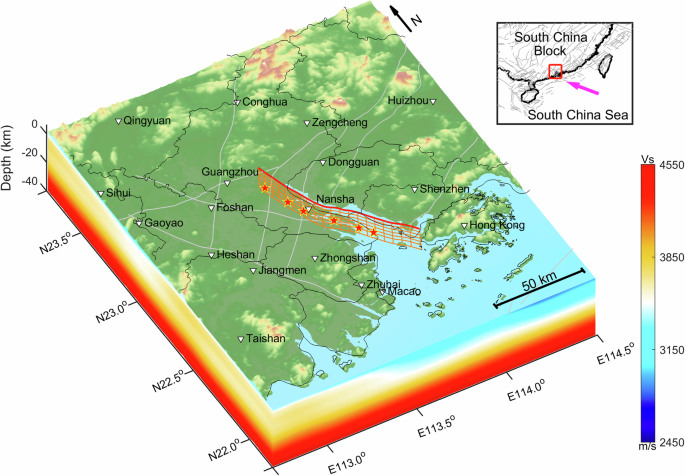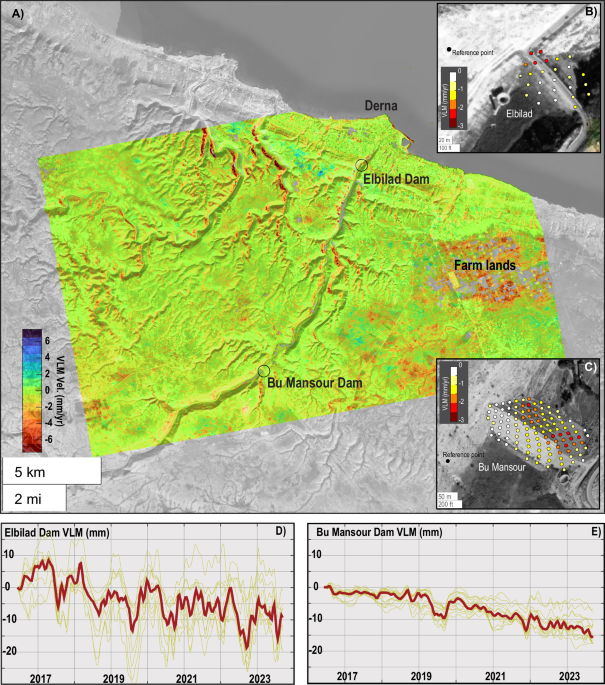
- Select a language for the TTS:
- UK English Female
- UK English Male
- US English Female
- US English Male
- Australian Female
- Australian Male
- Language selected: (auto detect) - EN
Play all audios:
The abstract mathematics of topology is generating excitement in photonics. A new way of thinking about photonics driven by topology — the 'rubber sheet' mathematics that describes
the equivalence and conservation laws of spaces as they are stretched, squashed and deformed — is rewriting the rules of photonic circuit design. It's also generating great excitement
in the process. Research is being inspired by the discovery of topological insulators — materials that are electrically insulating in their interior but conductive at the surface. These
curious materials were first discovered in the 1980s, in the form of the quantum Hall effect, but their topological origins have only been generalized to investigate new topological
materials in the past few years. Indeed, so profound are the effects that many tipped the discovery of such topological phenomena as a probable candidate for this year's Nobel Prize in
Physics (see Editorial below). Since their discovery, researchers have realized that analogous 'edge states' for transporting light can also be formed in carefully designed
periodic media like photonic crystals, metamaterials and coupled resonators. The behaviour of such states is dictated by the rules of topology and concepts of topological invariance and
topological phase transitions. When applied to the frequency bands of periodic optical structures, these rules can yield a host of enticing and unique properties that are 'topologically
protected'. For instance, such edge states are predicted to be intrinsically unidirectional and immune to backscatter. They also naturally circumnavigate and flow around imperfections
that lie in their path. Ultimately this may lead to more robust photonic waveguides that are lower-loss, more tolerant of fabrication defects, self-routing and free from troublesome
reflections. It would also lead to a new way of realizing optical isolators. Now the challenge is to realize suitable materials that have the correct characteristics for practical operation
at optical wavelengths. According to Ling Lu and Marin Soljačić at the Massachusetts Institute of Technology, in the USA, who have a Review Article on topological photonics on page 821 of
this issue, “the field has exploded in the past two years” and is growing exponentially. “Every month there are new papers in photonics related to topology appearing on arXiv,” remarks Lu.
“We're just at the tip of an iceberg in terms of new physics.” Soljačić also makes the point that as topological effects apply to many types of classical or quantum waves, many of the
concepts are being transferred to surface plasmons, excitons, exciton-polaritons, phonons and magnons, inspiring many opportunities for further research. Exciting times indeed. RIGHTS AND
PERMISSIONS Reprints and permissions ABOUT THIS ARTICLE CITE THIS ARTICLE Bending the rules. _Nature Photon_ 8, 809 (2014). https://doi.org/10.1038/nphoton.2014.276 Download citation *
Published: 31 October 2014 * Issue Date: November 2014 * DOI: https://doi.org/10.1038/nphoton.2014.276 SHARE THIS ARTICLE Anyone you share the following link with will be able to read this
content: Get shareable link Sorry, a shareable link is not currently available for this article. Copy to clipboard Provided by the Springer Nature SharedIt content-sharing initiative





:max_bytes(150000):strip_icc():focal(799x0:801x2)/megan-fox-1540c4d0cba8411890190a791d221889.jpg)


